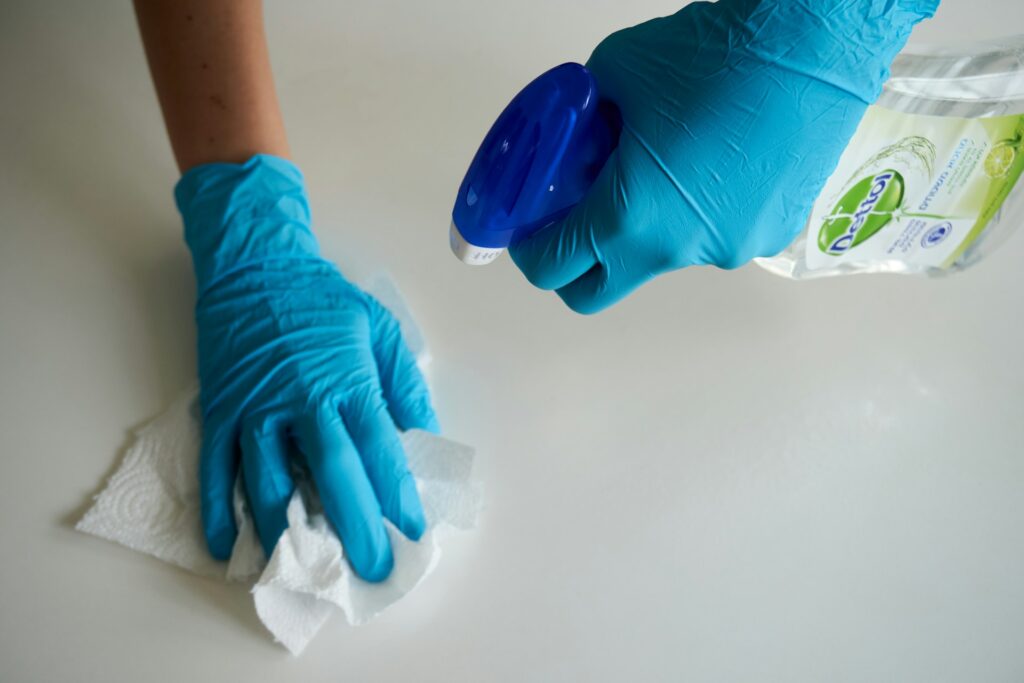At the Massachusetts Institute of Technology (MIT), Professor Michael S. Strano and his research group, together with collaborators at Boston University and other institutions, have developed a novel two-dimensional (2D) polyaramid polymer film with essentially negligible gas permeability. Their study, reports nitrogen permeability values below 3.1 × 10⁻⁹ Barrer—roughly four orders of magnitude lower than typical polymers.
Ritt, C. L., Quien, M., Wei, Z., Gress, H., Dronadula, M. T., Altmisdort, K., Nguyen, H. G. T., Zangmeister, C. D., Tu, Y.-M., Garimella, S. S., Amirabadi, S., Gadaloff, M., Hu, W., Aluru, N. R., Ekinci, K. L., Bunch, J. S., & Strano, M. S. (2025). A molecularly impermeable polymer from two-dimensional polyaramids. Nature, 647(8089), 383–389. https://doi.org/10.1038/s41586-025-09674-9
Conventional polymers inherently allow gas permeation because their molecular chains leave small free-volume gaps through which gas molecules can diffuse. The MIT team tackled this by creating a 2D polyaramid, dubbed 2DPA-1, using a monomer set based on melamine and trimesoyl chloride. The material self-assembles into thin sheet-like platelets, which then stack tightly with minimal interlayer voids.
Professor Michael S. Strano from Massachusetts Institute of Technology (MIT) stated,
“Right now, the resonators in your phone and other communications devices are large, but there’s an effort to shrink them using nanotechnology. To make them less than a micron in size would be revolutionary. Cell phones and other devices could be smaller and reduce the power expenditures needed for signal processing.”
In experiments, the team spin-coated nanofilms ranging from 4 nm to 65 nm thick and created microscale bubbles by suspending the films over microwells, then filling them with gases such as nitrogen, helium, argon, oxygen, methane, and sulfur hexafluoride. They observed that the bubbles remained inflated for extended periods; some for years under test conditions, indicating nearly negligible gas escape.
The nitrogen permeability of 2DPA-1 is below 3.1 × 10⁻⁹ Barrer, a level comparable to the impermeability of graphene. However, this material offers easier synthesis and film formation through solution-phase processing. In demonstration work, a 60-nanometer-thick coating of the film applied over a perovskite material reduced its lattice degradation rate by a factor of about 14, showing how it could serve as a powerful barrier film in sensitive electronic or photovoltaic devices.
From an engineering perspective, the material’s production through solution-phase polycondensation rather than high-temperature deposition suggests scalability for industrial use. The film’s thinness means that very little material is needed, translating to lower costs and lighter coatings—benefits that are particularly relevant for applications such as flexible electronics, food packaging, and structural protection.
Despite its promise, scaling up remains a challenge. Producing defect-free films over large areas is difficult, as even a single nanometer-scale pore could drastically increase permeability. The researchers emphasize that maintaining the structural integrity of the stacked 2D layers is critical to achieving the exceptional gas-barrier performance observed.
This breakthrough represents a broader trend in materials engineering, bridging the gap between crystalline 2D materials like graphene and conventional polymers by developing solution-processable, layered organic films. The MIT team describes 2D polyaramids as a new class of materials that combine the processability of polymers with the performance of crystalline 2D substances.
Applications could extend to corrosion prevention, gas shielding, and the protection of perovskite solar cells or electronic components. The film’s durability and minimal thickness suggest potential for long-lasting coatings that reduce maintenance costs and extend the lifespan of devices and structures exposed to gases and moisture.
The next steps for the research include refining large-scale production techniques to ensure uniformity, adhesion, and mechanical stability. Economic feasibility and long-term durability under real-world conditions such as heat, humidity, and stress will also be key areas for future study.
The creation of 2DPA-1 demonstrates how polymer chemistry can overcome traditional permeability limitations. By developing a layered polyaramid film with unprecedented impermeability, Professor Strano and his team have opened the door to a new generation of ultra-thin, durable coatings that could transform multiple industries; from electronics to infrastructure; through enhanced protection and performance.

Adrian graduated with a Masters Degree (1st Class Honours) in Chemical Engineering from Chester University along with Harris. His master’s research aimed to develop a standardadised clean water oxygenation transfer procedure to test bubble diffusers that are currently used in the wastewater industry commercial market. He has also undergone placments in both US and China primarely focused within the R&D department and is an associate member of the Institute of Chemical Engineers (IChemE).



